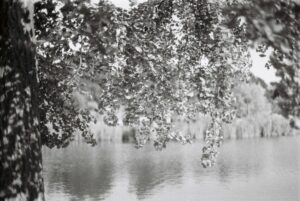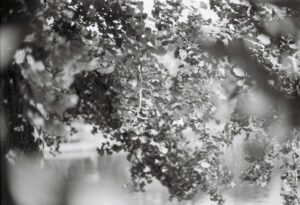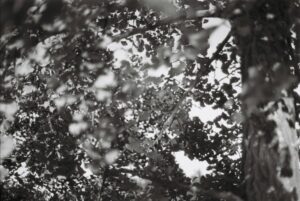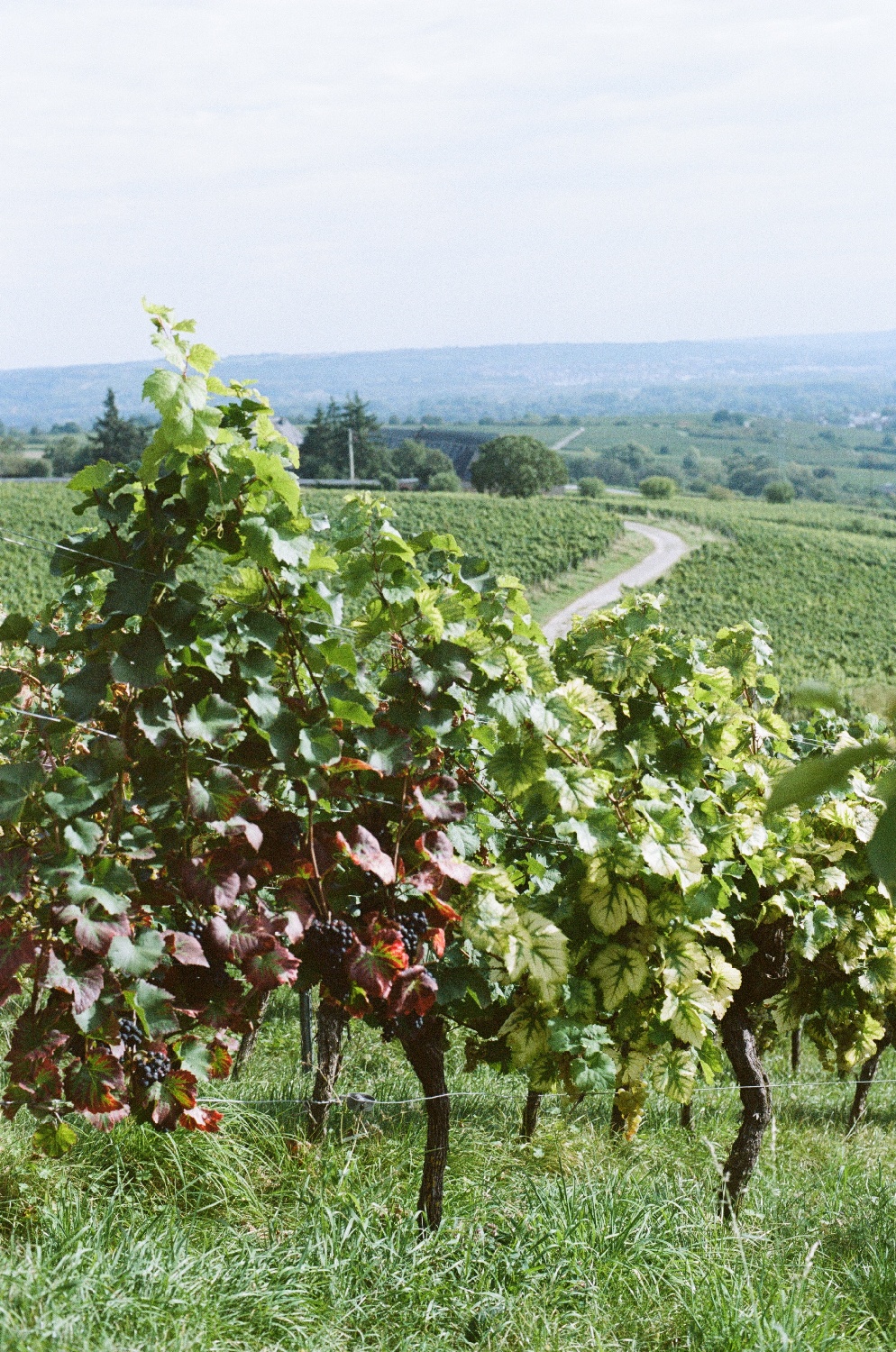Botanical garden and the Ginkgo tree
When I think about botanical gardens, the educational aspect is the first thing that comes to my mind. They are often attached to a university and when you enter a botanical garden, the plants are categorized according to a system. And you see these little rectangular metal plates everywhere, with the scientific name engraved in black. Sometimes there is even a trivial name that you can learn.
What I usually don't take home: Knowledge about plants. I told myself often: Today you're going to look at a plant, memorize it and its name! And if you do that a few times, you'll have expanded your repertoire of knowledge about plants by at least a little bit.
And so many times this was too much effort and I simply enjoyed the plants and how they were put together.
As I have learnt from the german Wikipedia entry "Botanischer Garten" (Botanical Garden) I did everything the correct way. It says (the following quote is translated by DeepL and me): "'Science and pleasure' was the motto of the botanical gardens at Kew near London (England), at the beginning of the history of the great botanical gardens in Europe and America." Thus, pleasure is at least as desirable as the scientific aspect.
Ginkgo?
Once I actually learnt something. I can't quite remember how it all happened in detail but here's my vague recollection: there were one or two ginkgo trees in a botanical garden. Next to the metal name plates was a poster promising more information. It was written: Ginkgo trees have two sexes - female or male. The botanical garden only had trees of one gender because the other gender had something smelly.
I did a quick research on the missing details so that neither you nor I end this text with dangerous half-knowledge. The Karlsruhe botanical garden explains in the section "Männliche und weibliche Ginkgos" (Male and female ginkgos): Female plants develop fruits in autumn which eventually fall off the tree. If you crush them then, they will stink of butyric acid. I therefore assume that the Dresden botanical garden, where I had read the poster, only had male plants.
However, the pictures of the ginkgos are not taken in the Dresden botanical garden, but - after having strawberry tartlet - in the botanical garden not far from the S-Bahn station Klein Flottbek in Hamburg.
Last but not least, two random things: Firstly - Goethe wrote a poem about the ginkgo called "Ginkgo biloba". And secondly - don't forget the g after the k in the word ginkgo.



Camera + lens: Minolta 9000 AF + Minolta AF 50mm f1.4
Film: KODAK 100T-MAX
Development + scan: Charlie Engel Lab 2.0


